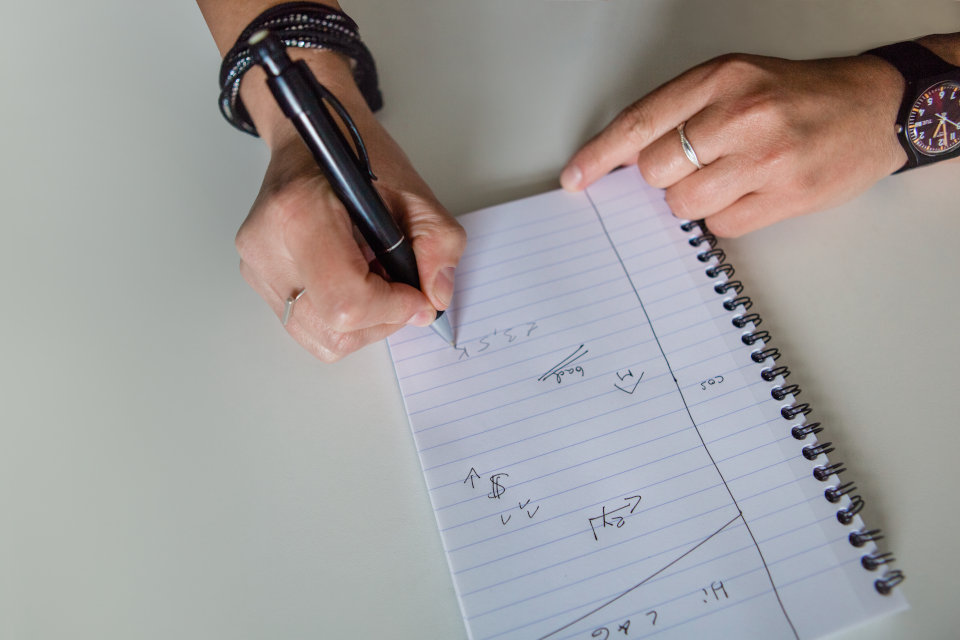The current crisis has been hard on conference interpreters, and for the time being, work trips abroad are a thing of the past.
But this doesn’t mean that our profession has to come to a standstill. I have already written about the pros and cons of remote simultaneous interpreting. Now I would like to shed a little light on another remote method for delivering interpreting services – telephone interpreting.
What is telephone interpreting?
In its excellent article on telephone interpreting, Wikipedia describes it thus:
Telephone interpreting connects human interpreters via telephone to individuals who wish to speak to each other but do not share a common language. The telephone interpreter converts the spoken language from one language to another, enabling listeners and speakers to understand each other. Interpretation over the telephone most often takes place in consecutive mode; the interpreter waits until the speaker finishes an utterance before rendering the interpretation into the other language.

In this time of social distancing and self-isolation, all involved parties usually dial in from different locations. A simple three-way teleconference is a good practical solution if a face-to-face meeting is not feasible.
Videoconferencing might also offer an alternative, however not all service users have access to a computer or even a smartphone. They may also lack the technical know-how to download and use the necessary apps. This is where simple telephone interpreting can shine.
Multiple settings
The majority of my telephone interpreting assignments are in the legal, medical and mental health settings. I assist solicitors and barristers in taking statements from their clients in preparation for court hearings.
I also provide language support to specialist practitioners in their assessments for insurance claims. They are asked by law firms to examine and interview their clients who were involved in road or work accidents and provide a report. A physical examination is obviously not possible, but patients are able to provide further information about their current health problems and general well-being.
Mental health is among the most challenging settings for telephone interpreting. The lack of visual cues makes the connection between the therapist and the patient more difficult. It is by far more time-consuming to interpret lengthy assessment questionnaires over the phone. Unlike in face-to-face or even videoconferencing settings, the health professional can’t rely on non-verbal communication.

In the absence of visual cues, every word matters and both parties have to rely on the interpreter as their trusted intermediary. For this reason, it is essential to know the right technique for delivering a faithful and accurate interpretation.
Note-taking for consecutive interpreting
In consecutive interpreting, the interpreter listens to the speaker, takes notes and then reproduces the spoken word in the target language. If the speech is short and generic, the task may be tackled with memory alone. This is however not always the case during complex medical and legal assignments, where every word matters.
It’s crucial to get the sequence of events and all details right; this may include dates, numbers, names and descriptions of objects, machinery or vehicles. The speaker of the other language may be talking about the weather, their health or how their life is now in comparison to the time before a significant event overtook their lives.
To handle this information overload, qualified interpreters train in the technique of note-taking for the consecutive mode of interpreting. They are even able to summarise a 5-6 minute speech using their own symbols to aid their memory. A much shorter length is advisable for telephone interpreting as the sound conditions are usually less than perfect. The communication between the two parties also flows more naturally if there is a faster exchange.

Symbols
Rather than using shorthand, interpreters develop their own set of symbols during their training. Interpreting is different from taking dictation: the role of the symbols is not to replace but to jog the memory. The task of the interpreter is to actively listen to what is being said and commit most of the information to memory. The symbols provide a skeleton to organise the information and to remind the interpreter how everything links together.
Please contact me if you require a qualified German or Polish interpreter for your next teleconference.



